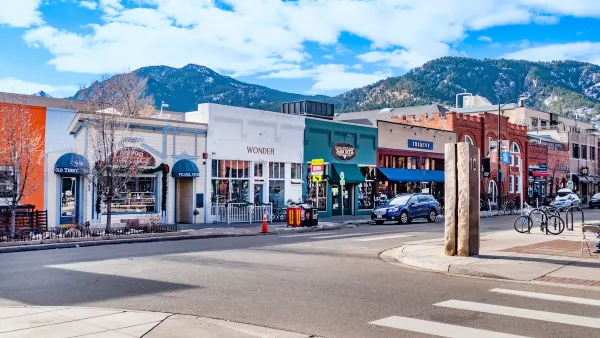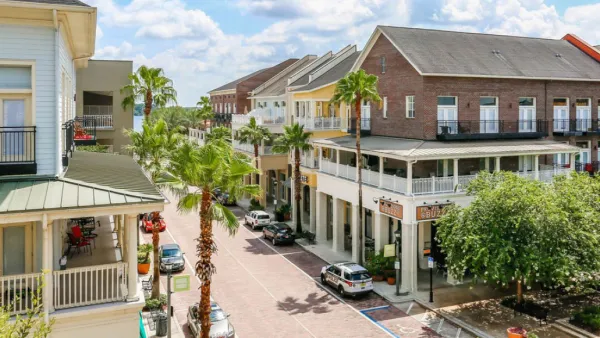James Howard Kuntsler muses on how the end of cheap oil will mean the parallel decline of the suburban sprawl economy of the South and its NASCAR subculture.
"It [is] significant...that the NASCAR subculture arose in the South, the old Dixie states, where the automobile had had tremendous social transformative power in the previous half century. Prior to the Second World War, Dixie had been an agricultural backwater with few cities of consequence, peopled by (among other groups) a dominant Caucasian peasantry called "rednecks" (because of the effects of the sun on exposed pale skin in the dusty crop rows).
States like Georgia, North Carolina and Alabama were huge. You could fit eleven Connecticuts in Alabama and have room for Rhode Island and Delaware. Unless they lived right along the railroad line, the folks down on the farm were pretty much stuck in place. The automobile liberated the redneck peasantry from the oppression of geography as emancipation had liberated the black peasantry from the legalities of chattel ownership.
Cheap gasoline along with cheap air conditioning made the South livable for people who had a choice about where to make their homes. Cheap air conditioning in particular made city life possible in a region that had lagged hopelessly behind the states of the Old Union. Orlando, Houston, Charlotte and places like them had gone from being smaller than Buffalo, N.Y., to becoming immense crypto-urbations of ring freeways, radial commercial highway strips and far-flung housing subdivisions around tiny withered peanuts of prewar traditional downtown cores. Houston by the year 2000 was not a city in the traditional sense of being composed of neighborhoods and districts; rather, it was an assemblage of single-use zoning wastelands: the shopping wasteland, the medical-services wasteland, the university wasteland, the cul-de-sac house wasteland and so on, dominated by massive overlays of automobile infrastructure.
And that is where things stand today with the region and the nation it is still attached to, sleepwalking into the early years of a permanent global fossil fuel crisis that will once again transform the nation in ways we can only sketchily imagine."
FULL STORY: Cheap Oil Is Over: Kiss the Gas Guzzling NASCAR Era Goodbye

Maui's Vacation Rental Debate Turns Ugly
Verbal attacks, misinformation campaigns and fistfights plague a high-stakes debate to convert thousands of vacation rentals into long-term housing.

Planetizen Federal Action Tracker
A weekly monitor of how Trump’s orders and actions are impacting planners and planning in America.

San Francisco Suspends Traffic Calming Amidst Record Deaths
Citing “a challenging fiscal landscape,” the city will cease the program on the heels of 42 traffic deaths, including 24 pedestrians.

Defunct Pittsburgh Power Plant to Become Residential Tower
A decommissioned steam heat plant will be redeveloped into almost 100 affordable housing units.

Trump Prompts Restructuring of Transportation Research Board in “Unprecedented Overreach”
The TRB has eliminated more than half of its committees including those focused on climate, equity, and cities.

Amtrak Rolls Out New Orleans to Alabama “Mardi Gras” Train
The new service will operate morning and evening departures between Mobile and New Orleans.
Urban Design for Planners 1: Software Tools
This six-course series explores essential urban design concepts using open source software and equips planners with the tools they need to participate fully in the urban design process.
Planning for Universal Design
Learn the tools for implementing Universal Design in planning regulations.
Heyer Gruel & Associates PA
JM Goldson LLC
Custer County Colorado
City of Camden Redevelopment Agency
City of Astoria
Transportation Research & Education Center (TREC) at Portland State University
Jefferson Parish Government
Camden Redevelopment Agency
City of Claremont





























